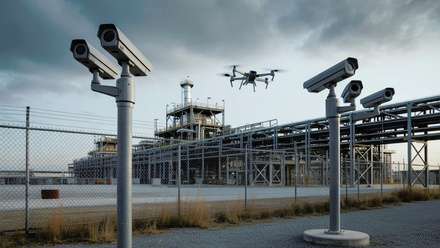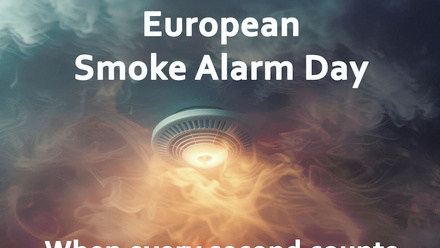Finalizing the Remote Services Standard
The first draft of the remote services standard prEN50710 was sent out for voting and commenting. With clear confirmation from countries that they want the remote service norm, even from those countries that voted negatively, the preparation of the final draft has now begun. The standard is expected to be released in the first quarter of 2022.
The initiative of the Services Section resulted in the start of a new working group within the Joint Technical Committee 4 under the umbrella of CEN CENELEC. The scope of JTC 4 WG1 is to develop and maintain a standard for requirements for the provision of secure remote services for fire safety and security systems.
Uniform quality
Before going into the details of the development process it might be useful to picture the development as part of the standardisation trend that goes around in Europe. The start of this trend dates back to 2006 with the Services Directive that drove to realise the full potential of services markets in Europe by removing legal and administrative barriers to trade. The Directive was designed to increase transparency and make it easier for businesses and consumers to provide or use services in the Single Market. One of the highlights in this Plan are standards. Standards are essential for ensuring uniform quality in the provision of services. Creating EU-wide standards and promoting them on a worldwide level is also a vital component of the global competitiveness of the EU fire safety and security industry.
Guideline
As far as the provision and quality of services are concerned, the importance of standards not only counts for the services themselves but also for delivering the services remotely. Zooming in on these remote services, Euralarm started working on a remote services guideline in 2014. The work was continued and resulted in 2016 in the release of the White Paper "Remote Services Guidelines" for future standardisation Work Item. The guidelines that Euralarm released in 2016 therefore proposed recommendations for the definition and use of secure remote access. These recommendations are necessary since not all countries have industry standards for the use of remote access, which are crucial for end users and service providers. Ensuring the transparency that the remote services provided are secure, specifically, design requirements and strict operational procedures are fundamental in avoiding actions such as inadvertently deactivating parts of a fire safety and/or security system. The implementation of the European Services Directive and the EN16763 (Services standard for fire safety and security systems) including cross-border application of remote access, requires therefore a Pan-European approach of remote services, hence the development of a standard for this.
Background
Through the development of European standards, the fire safety and security industry working together within Euralarm, ensures that providers of fire safety and security products, solutions and services meet the highest quality criteria. It is common practice to monitor the alarm and fault status of alarm systems installed in premises from remote locations. Technological developments within fire safety and security systems, referred to as alarm systems, as well as the telecom networks now permit remote access to those systems with a wide variety of available functions up to and including full operation as well as programming and parameters setting as if an authorised person was on-site. Such a "remote access" supplements the on-site visits by qualified persons and enables new possibilities for customers (end-users) and the service-provider.
As a result the overall service quality offered by the various types of professional services providers at time of installation, maintenance or operation increases significantly. End-users experience faster response times leading to higher system reliability and availability. Service providers can provide new services such as remote system interrogation, which improves the planning for maintenance, allows predictive maintenance and therefore the optimization of staff utilisation. And while the development of new service solutions increases, companies more and more try to realise their job on the same quality level, while reducing costs. Meanwhile, there is some uncertainty by end-users and service-providers about what are the minimum requirements for secure remote services. In short: a standard for remote services is highly needed.
On track
The work of JTC4 WG1 started in February 2019 . The working group consists of 29 experts from 10 countries. While developing the draft standard, the existing regulation in the several countries had to be taken into consideration. Although this required more time than planned the first draft was presented by the end of that year. The document specifies the minimum requirements for the provision of secure remote services using an information transmission system (e.g. via IP-connections) to fire safety systems, security systems, social alarm systems and combinations of such systems. Among these systems are fire detection and fire alarm systems, fixed firefighting systems, smoke and heat control systems as well as intruder and hold-up alarm systems, electronic access control systems, external perimeter security systems and video. With these requirements end-users, service providers and all other parties in the remote services chain will have a common understanding of what is expected and what should be delivered and what levels of quality are required to do so.
Outlook
This summer the voting and commenting to the first draft was finished. The countries confirmed that they want the remote services norm, even if they voted negatively. Work on the preparation of the final draft is now started. Especially the parts on the common and application specific requirements will be revised. With that done the final draft is expected to be ready in February next year. A formal vote on the Remote Services Standard will take place in the summer of that year, followed by the announcement and final release of the standard by January 2022.






